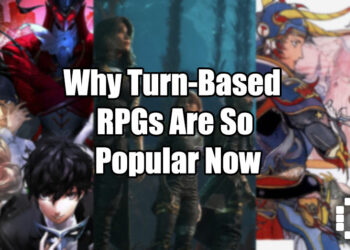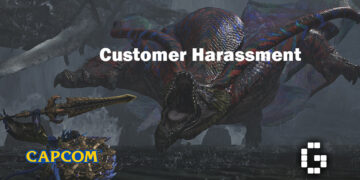Don’t Toy With Me, Miss Nagatoro is one of the most talked-about anime of the season and I figured I had to share my first impressions, too.
The third episode of the anime aired earlier this week. With one quarter of Don’t Toy With Me, Miss Nagatoro already out, these first impressions of mine will hopefully prep you on what to expect from the anime and whether it is your thing.
For those who are unaware, the anime is a romantic comedy about the constant bullying and teasing Hayase Nagatoro does on her upperclassman.
Like most English-speaking anime fans, my first exposure to the series came in the form of a YouTube video by Pantsu Shot. Titled, “I adore her (≧◡≦)” this video is already approaching 20 million views.
Just like that, I started to read the manga and when the anime adaptation was announced, there was no way I would miss it.

Controversy
Before going further into the first impressions, I have to address the elephant in the room surrounding Don’t Toy With Me, Miss Nagatoro. Chances are, you might have already caught wind of the bad rep the anime is getting online.
Race and tanned skin aside, Don’t Toy With Me, Miss Nagatoro features bullying. A lot of it. However, unlike most forms of media that depict bullying, the problem associated with the anime is how it presents the bullying and the reaction of its victim towards it.
Physical and verbal abuse is common in anime, but normally they are just played down or treated for comedic effect. However, this is not the case for this show, where its entire crux is how a male student harbors feelings for his female bully. In this sense, the anime portrays bullying in a positive light.
Thus, I leave it to you, the (potential) viewer to determine if that is a red light for you or not. Some people will obviously feel that the anime makes light of bullying, a real-world problem or that it pushes the idea that women can harass men and get away with it. Others will insist that it is just a piece of fiction and should not be taken so seriously.
However, know that there is something of a relationship blossoming underneath all the bullying. Whether or this relationship is agreeable, that is not my place to tell you. What I can tell you, however, is how the show is like 3 episodes in and the relationship does become more wholesome later on.

Characters
On the right, we have Senpai, a scrawny, timid and aspiring artist. On the left, we have Nagatoro, Senpai’s junior and seeker of his attention. While Senpai does have a name, he is referred to be this term practically the entire show.
Nagatoro makes it a point to always stick around Senpai, in a similar vein to Uzaki-chan Wants To Hang Out! However, unlike Uzaki, Nagatoro outright bullies and even sexually harasses Senpai.

The thing is, it becomes pretty obvious that Senpai is not completely against that and in some ways, is even getting fond of that. Basically, we have a sadist slowly but surely making another character realise the existence of his masochistic tendencies.
However, Nagatoro does not actually just abuse Senpai outright. She gets flustered when she goes overboard and does tone down later on. In a way, both characters have trouble expressing how they feel about each other. By episode 3, it becomes obvious that Nagatoro and Senpai’s relationship is not as simple as just bully and bully victim.

Of note, Nagatoro’s voice actress, Sumire Uesaka, nails down the role of the character to a T. Nagatoro’s teasing and smug attitude can be clearly felt from her dynamic performance.
Thus, depending on how you view the bullying and your own receptivity to the idea of sadist and masochistic high schoolers, the chemistry between Senpai and Nagatoro will either gross you out or make you resonate with it.

Art and Animation
This is how the manga won captured the hearts of so many anime viewers in the first place. The mangaka of Don’t Toy With Me, Miss Nagatoro, Nanashi, is a hentai artist. The expressive facial expressions that Nagatoro portrays are thanks to that.

Nagatoro’s warped and over to the top facial expressions perfectly encapsulates the nature of her character. I can boldly say that in my decade and a half years of watching anime, the facial expressions in this anime are hands down the most expressive and memorable.
Senpai also has many moments of being embarrassed and flustered. While they are nowhere near how amazing Nagatoro’s expressions are, his reactions also capture the mood of each scene remarkably.

The expressions alone are what makes this anime so engaging. Even with no prior knowledge of the anime, simply watching almost any scene already communicates to you the situation at hand.
The overall visuals of the anime are simple, yet clean. This helps to accentuate the expressions even more.
As for the animation, there are moments in the anime with surprisingly clean and fluid movements. There are also times when the art style changes for more comedic or adorable purposes.
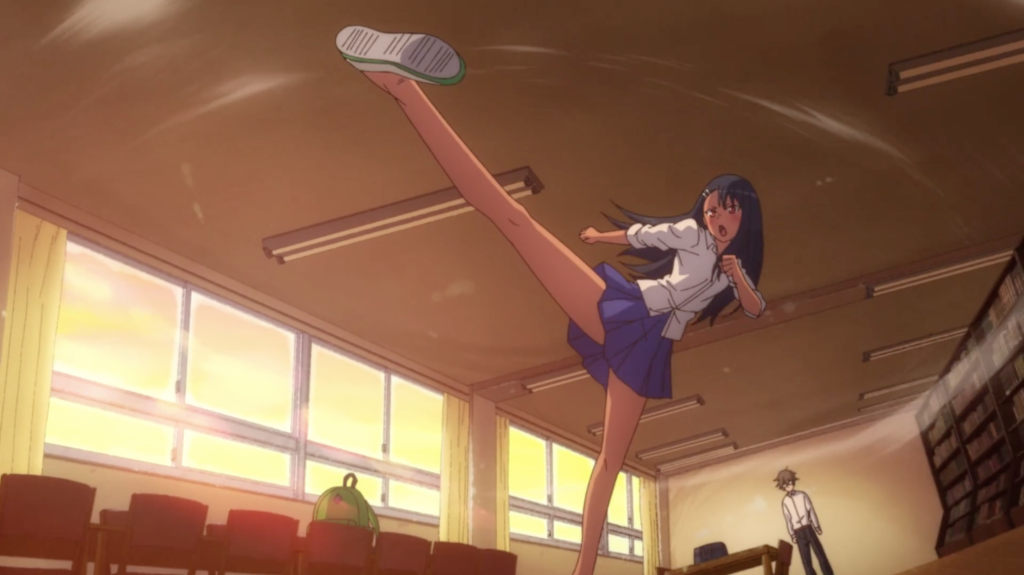

Visually, the anime adapts the manga panels extremely well. The simple yet expressive art style works really well. As a result, even if you know how a scene is going to end up, it is still entertaining to watch.

Closing Thoughts
“Wait, that’s it?” You may be wondering. Actually, that is pretty much it for my first impressions of the first 3 episodes of Don’t Toy With Me, Miss Nagatoro. So far, each episode mainly covers 2 chapters of the manga and does not really have a direct continuation with one another.
If it continues to follow the manga faithfully, then you can expect later episodes to have a bigger, overarching plot with immediate obstacles and goals for both Nagatoro and Senpai. By then, the serious will hopefully have the more wholesome relationship that the manga currently portrays and the quick judgement that haters have on the show may die down.
Until then, feel free to read our other anime impressions, such as:


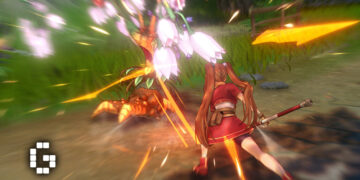
![[EXCLUSIVE] Honor of Kings Goes Global: Interview with James Yang on International Esports Expansion](https://cdn.gamerbraves.com/2025/08/James-Yang-Exclusive_Interview_FI-360x180.jpg)
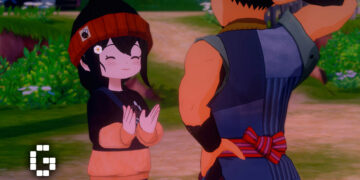
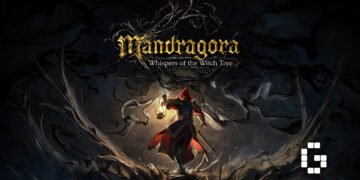





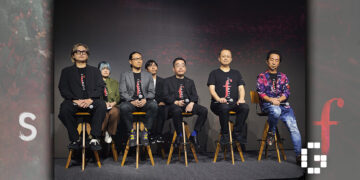

![[EXCLUSIVE] Creative Masterminds from Gearbox Software Reveal What Makes Borderlands 4 Worth the Wait](https://cdn.gamerbraves.com/2025/07/Borderlands-4-at-Bilibili-World-2025_Interview_FI-360x180.jpg)







